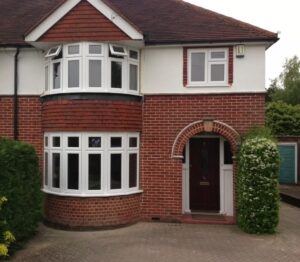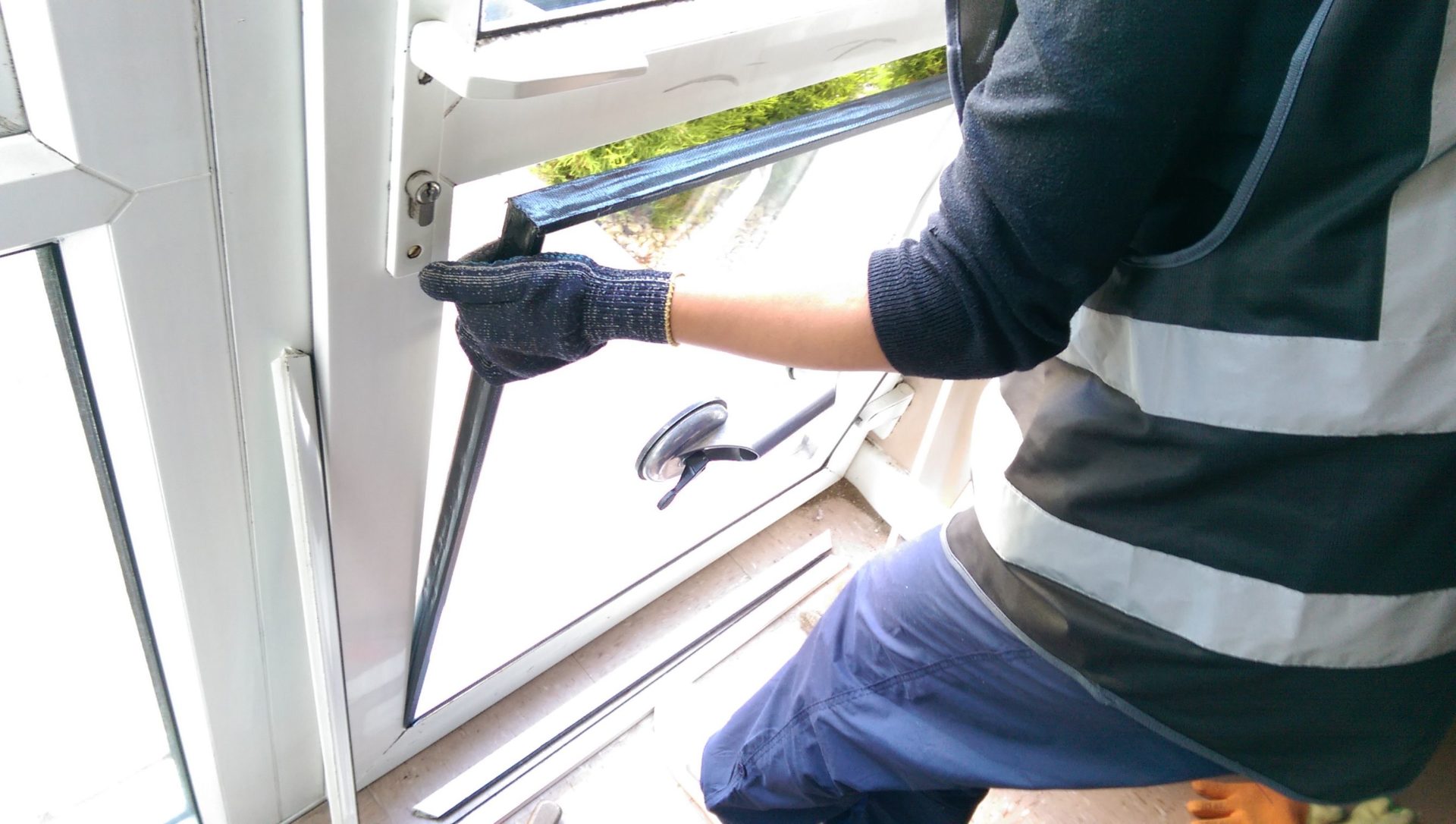See What Energy-Efficient Windows Tricks The Celebs Are Making Use Of

본문

Energy-Efficient Windows: An Overview
Over the last few years, the demand for energy-efficient windows has surged, driven by rising energy costs, increased environmental awareness, and the desire for improved comfort in homes and industrial structures. Energy-efficient windows are created to lower energy intake, enhance thermal convenience, and lower greenhouse gas emissions. This comprehensive guide will check out the features, benefits, and various kinds of energy-efficient windows readily available in the market.
Understanding Energy-Efficient Windows
Energy-efficient windows are specifically crafted to minimize energy loss while making the most of natural light and looks. They attain these goals through a mix of technologies that enhance insulation, lower air seepage, and show or absorb solar heat.
Key Components of Energy-Efficient Windows:
Frame Materials: The material of the window frame significantly impacts its energy performance. Common products include:
- Vinyl: Excellent thermal performance and low maintenance.
- Wood: Natural insulator but requires regular upkeep.
- Aluminum: Durable but less efficient unless thermally broken.
- Fiberglass: High sturdiness and energy efficiency, typically used in high-end applications.
Glazing: The type of glazing (or glass) used is an important element:
- Single Glazing: Least efficient; permits considerable heat transfer.
- Double Glazing: Two panes of glass with an area between, significantly improving insulation.
- Triple Glazing: Three panes of glass; offers the best performance but at a higher cost.
Low-E Coatings: Low-emissivity coatings are thin layers applied to glass that reflect heat back into a structure throughout winter while deflecting solar heat in summer. This feature can drastically lower cooling and heating expenses.
Gas Fills: Argon or krypton gas is frequently used to fill the spaces in between the panes of double and triple-glazed windows, providing it with additional insulation residential or commercial properties.
Warm Edge Spacers: These are products used to separate the panes of glass. Warm-edge spacers help minimize thermal bridging and improve overall window efficiency.
Advantages of Energy-Efficient Windows
The advantages of installing energy-efficient windows in a building are significant, both economically and environmentally.
Economic Benefits:
- Lower Energy Bills: By decreasing the quantity of heat lost during winter and heat got in summer, energy-efficient windows can cause significant savings in heating & cooling expenses.
- Increased Property Value: Homes with energy-efficient upgrades may have a higher resale worth. Many purchasers actively look for out energy-efficient functions.
- Tax Credits and Rebates: Many regions use monetary incentives for house owners who upgrade to energy-efficient windows, making them more inexpensive.
Environmental Benefits:
- Reduced Carbon Footprint: By lowering energy usage, energy-efficient windows add to a reduction in greenhouse gas emissions.
- Enhanced Indoor Air Quality: Better insulated homes often reveal a decrease in drafts and moisture problems, which can cause healthier living environments.
Comfort Benefits:
- Consistent Indoor Temperature: Energy-efficient windows assist keep a steadier indoor temperature, reducing cold spots near windows and removing getting too hot.
- UV Protection: Many energy-efficient windows can obstruct damaging UV rays, protecting furnishings and flooring from fading.
Types of Energy-Efficient Windows
Picking the best type of energy-efficient window will depend on numerous elements such as climate, developing design, and budget plan. Below are some frequently used types:
| Window Type | Description | Best For |
|---|---|---|
| Casement Windows | Hinged on one side, these windows open outwards, using outstanding ventilation and airtightness. | Areas requiring great airflow |
| Double-Hung Windows | Features two operable sashes that move up and down. They permit flexible ventilation and are simple to clean. | Traditional-style homes |
| Sliding Windows | These windows move open horizontally, making them simple to run and ideal for those who have actually restricted area. | Areas with restricted space |
| Photo Windows | Fixed windows that do not open, making the most of views and natural light, typically paired with adjustable windows for ventilation. | Living rooms, dining areas |
| Bay and Bow Windows | Prolonged windows that develop a shelf or nook, adding architectural appeal and increased sunlight. | Family spaces, breakfast nooks |
Choosing the Right Energy-Efficient Window
When choosing energy-efficient windows, homeowners need to consider the list below aspects:
- Local Climate: Different areas have different environment needs. For example, homes in the northern U.S. may take advantage of windows that retain heat, whereas southern homes might need windows that reflect heat.
- Window Orientation: The instructions that windows face can affect energy performance. South-facing windows might benefit from solar heat gain in winter, while north-facing windows may need more insulation.
- Performance Ratings: Look for windows with a great Energy Star rating, which licenses them as reliable in providing energy effectiveness.
Often Asked Questions (FAQs)
What is the distinction between energy-efficient and standard windows?Energy-efficient windows are designed with unique products and innovations that improve insulation and lower energy loss, whereas basic windows may lack these features, resulting in higher energy consumption.
How can I inform if my windows are energy-efficient?Try to find signs such as Low-E finishings, numerous panes of glass (double or triple glazing), and an excellent energy performance ranking (like Energy Star).
Are energy-efficient windows worth the investment?Yes, while they may have a higher in advance cost, energy-efficient windows often conserve house owners money on energy bills and decrease carbon emissions in time.
Can I install energy-efficient windows myself?While some property owners might take on window setup as a DIY task, expert installation is often advised to guarantee proper sealing and insulation.

The length of time will energy-efficient windows last?With correct maintenance, energy-efficient windows can last 20 to 30 years, making them a long-term investment for your home.
Energy-efficient windows use many benefits, including lower energy costs, boosted convenience, and reduced environmental effect. By comprehending their features, benefits, and the different types offered, house owners can make informed choices that contribute not just to their own convenience but likewise to a more sustainable future. Investing in energy-efficient windows is not simply a clever choice for your wallet; it is a significant action towards producing a greener and more efficient international environment.

댓글목록0
댓글 포인트 안내